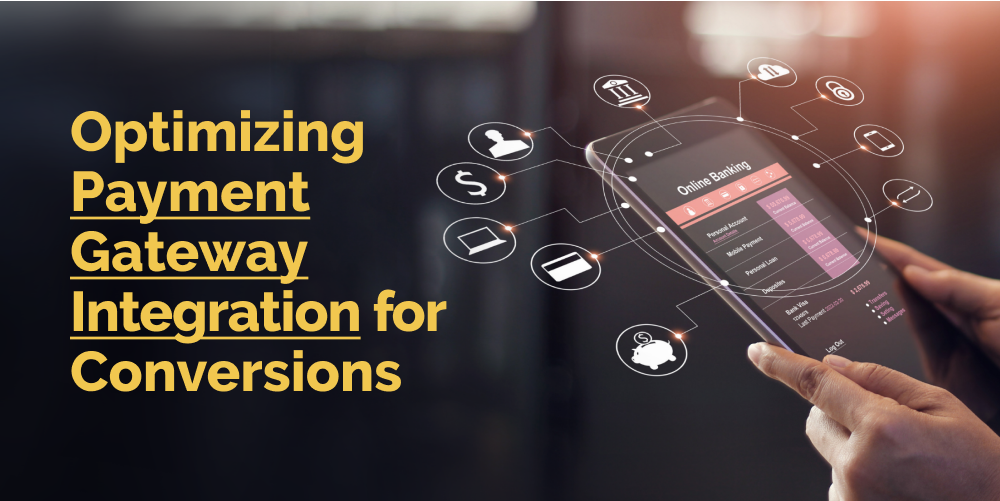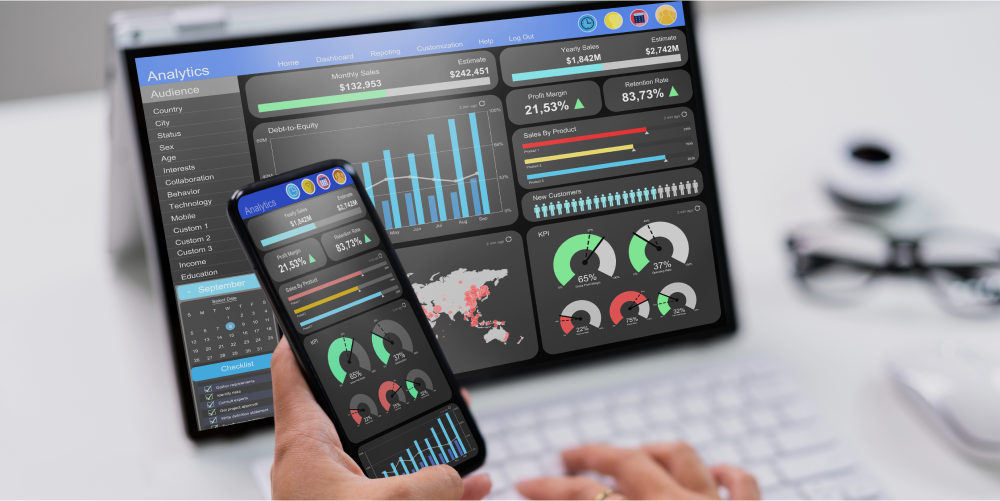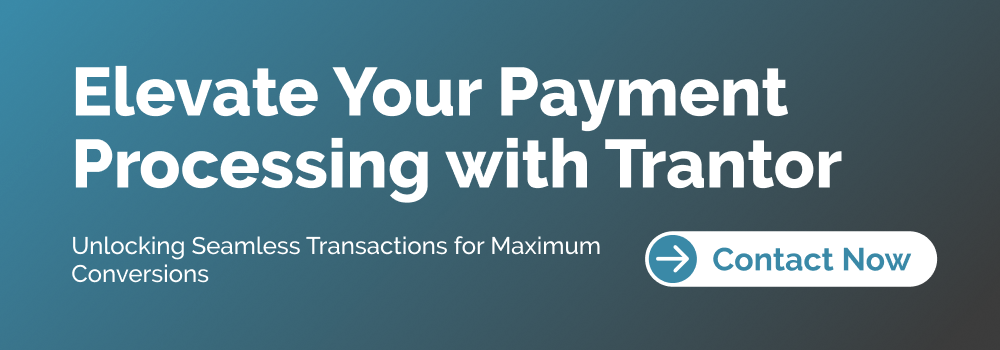Ecommerce Development, zBlog
Payment Gateway Integration 101: How to Choose, Architect, and Optimize for Maximum Conversions
atif | Updated: January 4, 2024

Introduction
As digital commerce explodes globally, enabling reliable, higher-converting payment processing is no longer a “nice to have” but is now mission-critical for online retailer success.
Yet despite surging transaction volumes, many fast-scaling merchants still struggle to evaluate the optimal payment technology mix across an increasingly complex array of gateway and processor options. Equally daunting for retailers is building sound technical architecture and payment acceptance strategies across channels.
This comprehensive guide aims to distill industry wisdom into a streamlined practical framework helping e-commerce brands:
- Determine the ideal combination when it comes to payment gateway integration, aligned to their business model, markets, and compliance needs
- Implement those gateways through scalable technical integrations
- Continually optimize performance management and transaction routing automation over time
We’ll cover crucial decision factors, top solutions, versatile integration architectures, enhanced reporting techniques, and real-world customer success stories throughout this playbook.
Part 1 – Fundamental Payment Gateway Selection Criteria

Selecting the right payment gateways is no longer a one-size-fits-all decision. Merchants must evaluate options against several crucial factors:
- Geographic Coverage Limitations
Payment providers secure agreements with a limited number of banks, card networks, and regulatory bodies country-by-country. Assessing geographic fit is essential to avoid unseen coverage gaps or requiring customer workarounds. - Platform and POS Compatibility
Will a prospective gateway integrate natively with your e-commerce platform? Equally important is understanding available plugins or SDKs across complementary systems like accounting software, CRM tools, and brick-and-mortar POS equipment based on retail omnichannel needs. - Compliance Standards Support
Scope out vendor robustness across PCI DSS secure data standards, PSD2 Strong Customer Authentication in the EU, upcoming crypto regulations, plus localized measures like India UPI requirements. This validation reduces future overhead if new mandates emerge. - Pricing Model Alignment
Transaction fees, tiered volume pricing, monthly SaaS, or hybrid billing models all carry tradeoffs. Modeling the total cost of ownership against current and projected sales volumes is essential. Blend fixed and variable plans were helpful in managing risk.
Top Payment Gateway Solutions Ranked by Capabilities
Independent industry analysts like G2 continuously evaluate the spectrum of payment gateway solutions across crucial capability areas. Their latest rankings combined with community reviews highlight the foremost options across various specializations:
- Code-friendly payments API for developers
- PayPal – Ubiquitous brand recognition and scale
- Adyen – Sophisticated fraud analysis and global reach
- Amazon Pay – Digital marketplace distribution
- Square – Unified POS and online enablement
While Stripe thrives based on its elegant developer experience, many larger merchants strategically integrate 2-to 3 complementary payment gateways to optimize coverage, risk management, and barging leverage – balancing added complexity.
Part 2 – Build Future-Proof Integration Architecture

Once payment providers are selected, integrating them technically often gets rushed by merchants focused purely on immediate checkout functionality. However, prioritizing unified backend architecture principles pays significant dividends in managing long-term complexity.
- Encapsulate Provider SDKs Behind Consistent APIs
Rather than custom coding per gateway, experienced architects utilize abstraction layers to route transactions through consistent developer interfaces. Popular options like PayConext handle normalizing calls to multiple gateways behind clean APIs far easier to maintain over time. - Tokenize Sensitive Card Data Early in Flow
Tokenization tools allow merchants to vault or replace raw card data with unique mapped identifiers early, minimizing where full card details are stored and reducing security/compliance scope. Look for providers with out-of-the-box support across major gateways. - Incorporate Dynamic Routing Logic TABLES
Sophisticated merchants architect integrations with routing intelligence to shift transactions across providers based on rules-based variables like outage status, predictive analyzer scores, or even time of day. This prevents over-reliance on any one vendor.
Part 3 – Unlock Enhanced Analytics for Ongoing Optimization

Looking beyond basic settlement reporting unlocks opportunistic visibility to continually optimize payment performance, including:
- Gateway Benchmarking and Stats Analysis
Analyze key metrics like relative approval percentages, average order values, and peak transaction times across gateways. These insights perfect routing logic and uncover usage optimization opportunities in the long term. - Granular Attribution Tracking
Dig deeper into contextual metrics like customer acquisition source, traffic type, days since the last order, and similar signals that may correlate to approval variance. Connecting these attribution dots compounds conversions. - Issuer Bank Pattern Analysis
Detect if the certain card issuing banks demonstrate meaningfully higher declines that may warrant inclusion in review filters or manual order follow-up queues to drive greater capture over time.
Part 4 – Real-World Results Showcasing Impact

Let’s explore high-level business impact across 4 distinct merchants leveraging parts of the above playbook:
- Unified Payment Infrastructure Lifts Enterprise Revenue
Global CPG brand Reckitt consolidated multiple outdated payment gateways into a centralized Adyen implementation across 30+ market-specific websites and POS systems. This improved compliance, and reporting efficiency and unlocked $72M higher annual online revenue given lower failure rates. - Routing Logic Boosts Order Capture for Fashion Retailers
Women’s e-tailer SHOP Hush dynamically splits each transaction across Adyen and Stripe using granular rules incorporating business hours, average order values, and past customer trends. Hush increased payment acceptance rates by 9.4% year-over-year through advanced routing alone. - Tokenization Streamlines Compliance for Rideshare Leader
When Lyft prepared to go public, its risk management and InfoSec leaders sought to minimize PCI audit scope. By vaulting card credentials behind PayConext’s tokenization and using masked identifiers throughout internal systems, Lyft reduced compliance overhead by 41% over 2 years.
Payment-As-A-Service Platform Consolidates Hospitality Tech

Leading boutique hotel chain Joie de Vivre tapped hospitality commerce platform REVENUEWRX to consolidate cloud POS, PMS, CRM, and multiple online booking engines into one unified payment integration. This improved visibility and lowered back-office costs by 29% YOY.
Conclusion
As shown throughout these merchant success stories, the path ahead lies in continually optimizing performance across an ecosystem of payment technologies aligned to your business needs and tech constraints.
Follow the guides outlined in this playbook to help accelerate your integration and analytics journey – unlocking infrastructure flexibility that compounds revenue returns over time.
In conclusion, the ever-expanding landscape of digital commerce demands a strategic approach to payment gateway integration—one that goes beyond immediate functionality and focuses on long-term success. This comprehensive guide has provided a roadmap for merchants to choose, architect, and optimize payment processing for maximum conversions.
As you embark on this transformative journey, consider the expertise and innovation that Trantor brings to the table. Trantor, a leader in technology solutions, stands ready to elevate your payment gateway integration experience. With a customer-centric approach and a commitment to excellence, Trantor empowers businesses to navigate the complexities of ecommerce development seamlessly. Revolutionize your payment gateway integration strategy with Trantor, a trusted partner in technology solutions. Our expertise, coupled with a focus on customer success, ensures a seamless and optimized payment processing experience. Connect with Trantor experts to take your digital commerce to new heights.




